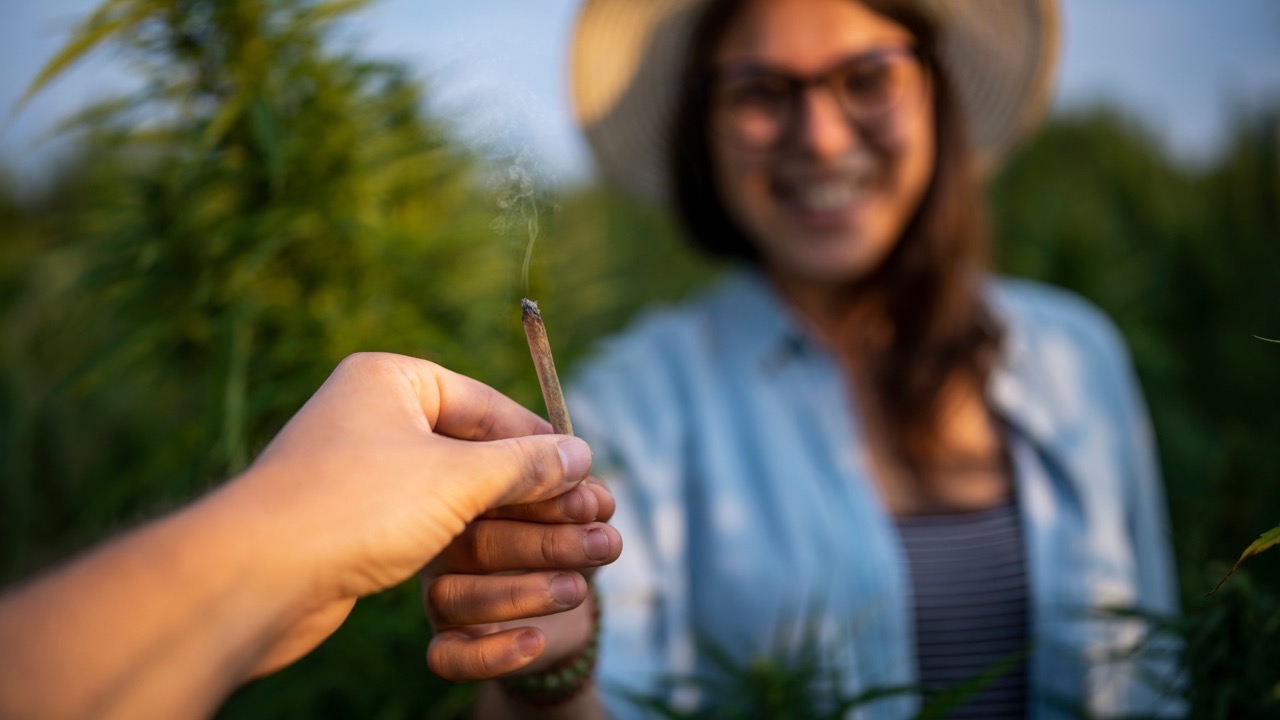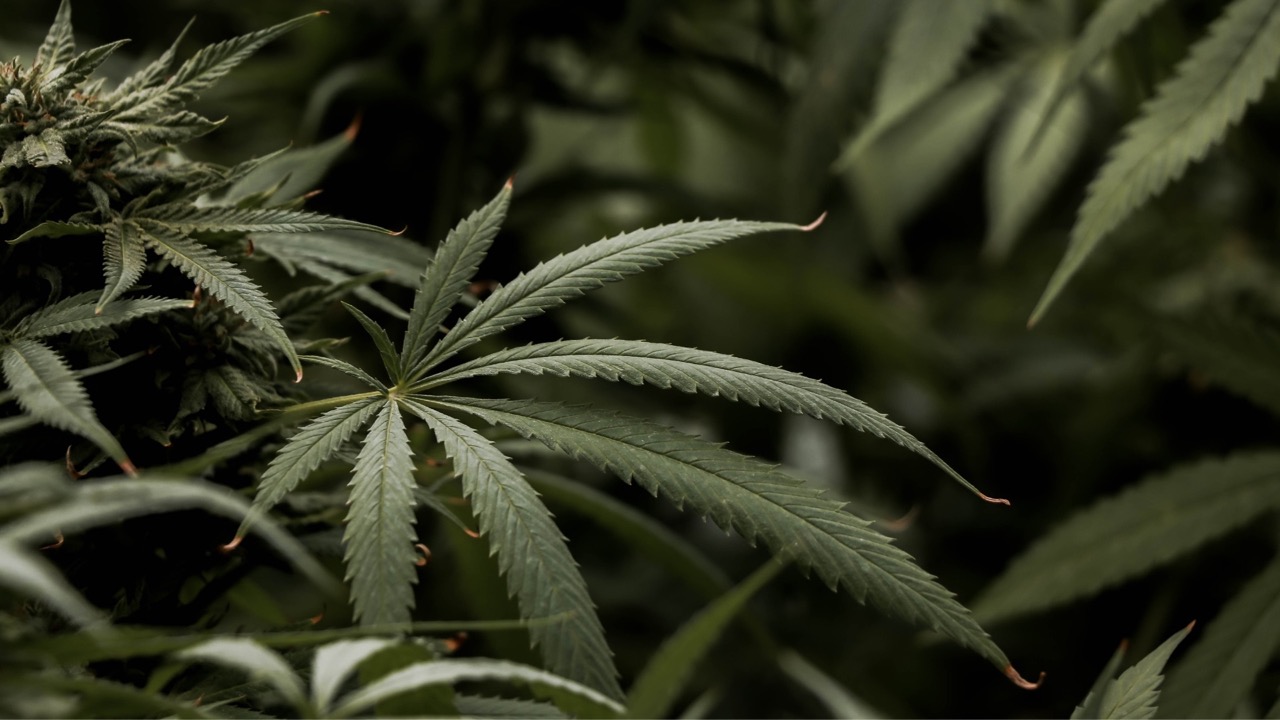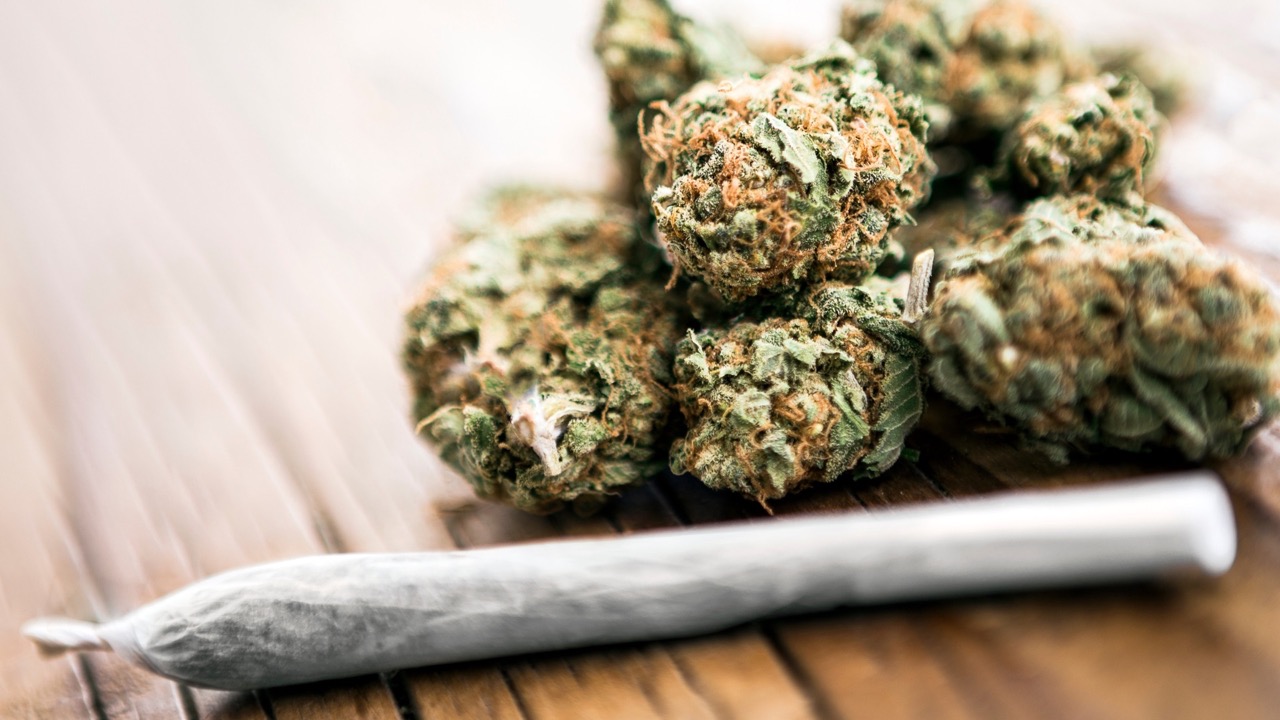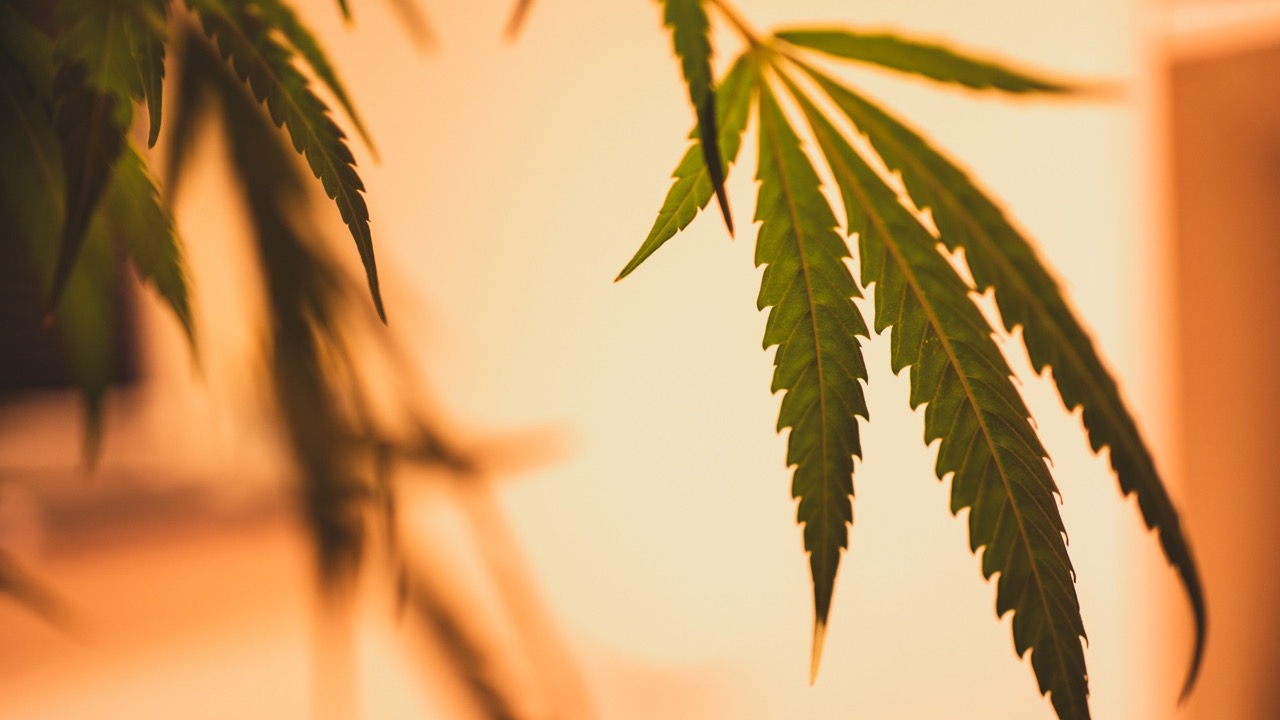If you’re a regular consumer of cannabis, you’ve probably heard of THC tolerance. It’s that frustrating phenomenon where the relaxing euphoria or pain relief you once experienced from your favorite strain seems to have diminished over time. You might find yourself consuming more to chase the same effects, only to be faced with diminishing returns. What’s going on here?
The answer lies in the fascinating science of how our bodies interact with THC and other cannabinoids found in cannabis. But it’s not all bad news. Understanding THC tolerance can empower you to manage it effectively, enhancing your cannabis experience, reducing potential risks, and maximizing the therapeutic potential of this versatile plant.
What Is THC Tolerance?
THC tolerance is a state in which your body becomes accustomed to the effects of THC due to repeated exposure. As a result, you need increasingly larger amounts of cannabis to achieve the same effects as before. It’s a common phenomenon experienced by many habitual cannabis users, and it’s why you might find that the same amount of cannabis doesn’t provide the same ‘high’ it once did.
Factors That Influence THC Tolerance
Several factors influence the development of THC tolerance, each contributing to how quickly you might become accustomed to your regular dose.
- Frequency of Use: The more frequently you use cannabis, the more likely you are to develop THC tolerance. Daily or near-daily users generally develop tolerance more quickly than occasional users.
- Dose: The amount of THC you consume in each session can also impact your tolerance. Consuming large doses of THC regularly can speed up the development of tolerance.
- Body Composition and Metabolism: Your body composition and metabolic rate can also impact how quickly you develop THC tolerance. Individuals with faster metabolisms may break down THC faster, potentially leading to quicker tolerance development.
- Age and Sex: Research suggests that age and sex can influence the development of THC tolerance. For instance, younger individuals and males may develop tolerance more quickly.
Everyone is unique, and individual biological factors – including genetic predispositions – can influence how quickly and significantly you develop THC tolerance.
How THC Tolerance Develops
The development of THC tolerance primarily involves the endocannabinoid system (ECS) – a complex cell-signaling system in the body that plays a role in maintaining homeostasis. THC binds to cannabinoid receptors, mainly CB1 receptors, in the brain and throughout the central nervous system.
With repeated THC exposure, these CB1 receptors become less responsive, a process known as downregulation. In other words, they ‘retreat’ into the cell’s interior, reducing their exposure to THC. As a result, it takes more THC to produce the same effects, leading to the development of tolerance.
The Benefits of Taking a THC Tolerance Break
A well-timed tolerance break, or “t-break,” from cannabis can offer numerous benefits, from enhancing your cannabis experience to improving overall health and well-being.
Resetting your tolerance has numerous benefits. First, it enhances your sensitivity to cannabis, allowing you to experience the full spectrum of effects with less product. This can lead to a more enjoyable and cost-effective cannabis experience. Second, taking a break can reduce the risk of dependency and the associated withdrawal symptoms. Finally, a T-break can give your body a general break from cannabis consumption, which can be beneficial for your overall health, especially if your preferred method of consumption is smoking or vaping.
How to Take a Tolerance Break
Deciding to take a tolerance break can feel like a big deal, but it’s made easier with a plan in place.
Choose Your Timeline
The optimal duration of a T-break can vary widely depending on individual factors, including your usage patterns and personal biology. However, a period of two weeks to one month is often sufficient to allow your endocannabinoid system to reset.
That said, even a short break of a few days can be beneficial, particularly if you’re a heavy cannabis user. Remember, the goal of a T-break isn’t to quit cannabis entirely but to give your body a chance to reset and reestablish a lower tolerance level. Start by setting a clear start and end date for your break. This gives you a definitive timeline and can help mentally prepare you for the break.
Preparing For a T Break
Preparation is key for a successful T-break. Consider aligning your break with periods of lower stress or when you don’t have social engagements that may involve cannabis. Next, remove all cannabis products from your immediate environment. Having these products readily available can tempt you to break your abstinence.
Lastly, communicate your plan with others, particularly those who you usually consume cannabis with. Their understanding and support can make the process easier.
Fill Your Time With New Habits
For frequent cannabis users, a T-break might lead to withdrawal symptoms. These may include irritability, restlessness, difficulty sleeping, and decreased appetite. Having strategies to cope with these can be extremely helpful.
Exercise can be a powerful tool during a T-break. Not only does it help distract you from cravings, but it also promotes the release of endorphins, the body’s natural mood elevators. Mindfulness and meditation can also help. They can reduce stress and improve sleep, two areas often impacted during a cannabis withdrawal.
Consider implementing a healthy diet and sleep routine as well. Proper nutrition can help manage mood swings, while a regular sleep schedule can mitigate sleep disruptions. Another alternative could be exploring activities or hobbies that you enjoy. This could range from hiking and reading to painting or learning a new instrument. The goal is to engage in activities that naturally stimulate your endocannabinoid system and help fill the gap that abstaining from cannabis may create.
Strategies to Prevent Tolerance Build-Up
Preventing the build-up of THC tolerance can help maintain the effectiveness of your cannabis experience and mitigate potential negative effects associated with high tolerance. Here are some strategies that can help you manage your THC tolerance.
Rotation of Cannabis Strains
Rotating cannabis strains can be a useful method to prevent THC tolerance. Different cannabis strains contain varying compositions of cannabinoids and terpenes. By switching between strains, you expose your endocannabinoid system to different ‘profiles’ of these compounds, potentially slowing down the development of tolerance.
Remember that sungrown cannabis is rich in terpenes and cannabinoids, which work together to produce a multitude of effects. Embracing this variety can help keep your cannabis experience fresh and exciting and slow down the development of THC tolerance.
Microdosing THC
Another strategy to prevent THC tolerance is microdosing, or consuming small amounts of THC. The idea behind microdosing is “less is more.” By consuming small amounts of THC, you can maintain the therapeutic and pleasurable effects of cannabis while minimizing the risk of developing a tolerance. Microdosing can be particularly beneficial for medical cannabis users who want to manage symptoms without experiencing a strong psychoactive effect.
One Last Note
Tolerance breaks, or T-breaks, offer a highly effective way to reset your THC tolerance and re-sensitize your endocannabinoid system to the array of terpenes and cannabinoids found in cannabis. Such breaks not only enhance the quality of your cannabis experience but also help to mitigate the risks associated with high tolerance.
If you want to get high like the first time again, consider taking a break. That first hit will be so much more enjoyable! When you’re ready to indulge in rich, sungrown flavors, find a Humboldt Family Farms retailer near you and explore the finest Humboldt County has to offer.





